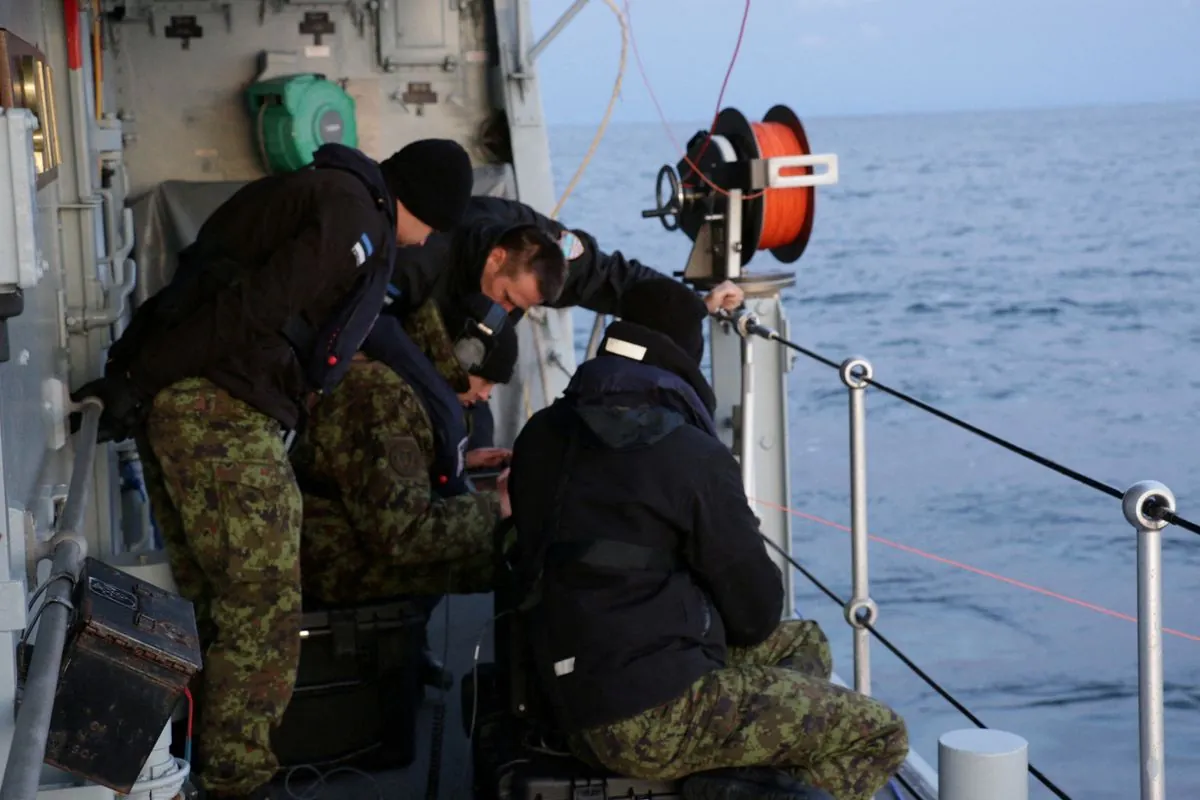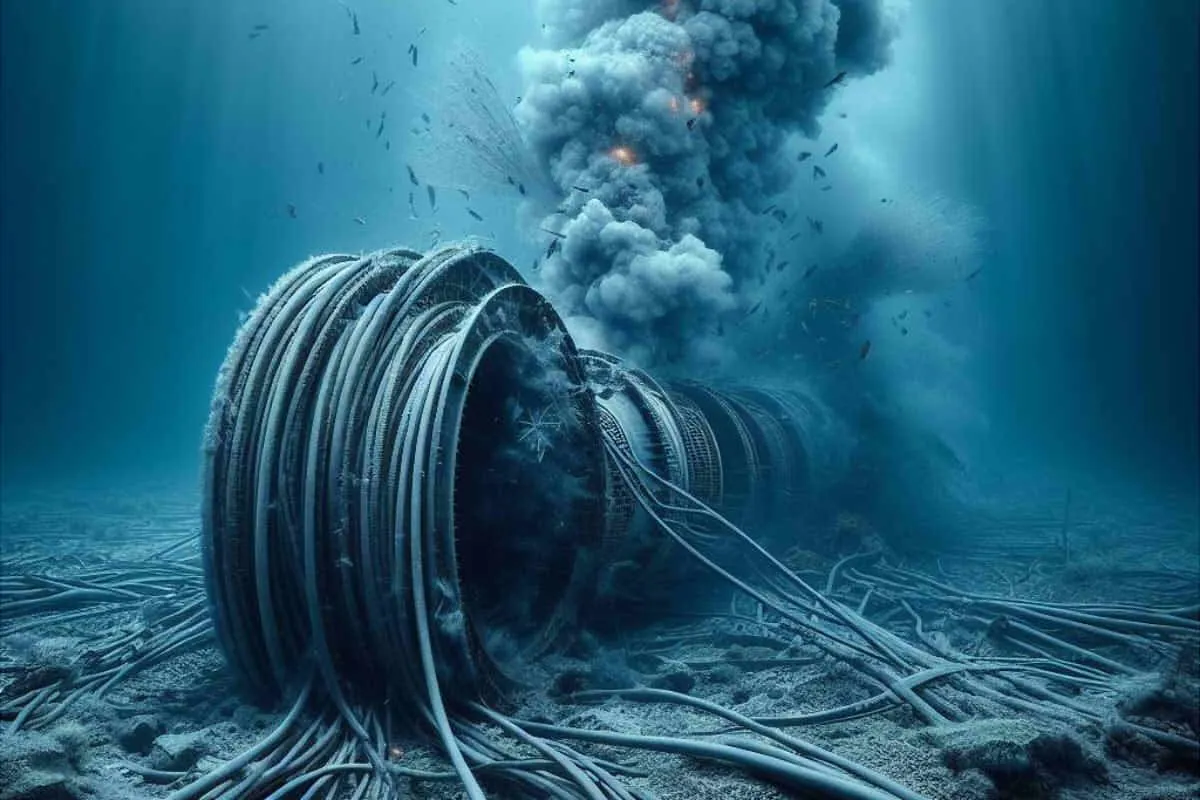Finland and Estonia Bolster Baltic Sea Infrastructure Security
Finland reports rising threats to Baltic Sea subsea infrastructure. A new agreement with Estonia aims to enhance security measures for joint underwater assets, including cables and pipelines.

In recent years, Finland has observed an uptick in threats to subsea infrastructure in the Baltic Sea region, according to Kai Mykkanen, the country's Environment and Climate Minister. This revelation comes as Finland, a nation with approximately 1,250 km of Baltic Sea coastline, takes steps to address these growing concerns.
On September 27, 2024, Finland and Estonia signed a crucial agreement to bolster the security of their shared underwater assets. This collaborative effort encompasses the protection of power and telecommunications cables, as well as the Balticconnector gas pipeline, which experienced damage approximately one year ago.
The Baltic Sea, one of the world's largest brackish water bodies, plays a vital role in the region's communications and energy infrastructure. Subsea cables in this area are part of a global network that carries about 95% of the world's international communications traffic, highlighting the critical nature of these assets.

The agreement between Finland and Estonia, both European Union members since 1995 and 2004 respectively, demonstrates their commitment to safeguarding these essential resources. Mykkanen elaborated on the enhanced cooperation, stating that it would involve joint efforts in technical surveillance, patrolling, and repair capacities for subsea infrastructure.
This partnership is particularly significant given the unique challenges of the Baltic Sea environment. As one of the most polluted seas globally, it requires careful management to protect both infrastructure and its distinctive brackish water ecosystems. The sea's tendency to partially freeze during harsh winters adds another layer of complexity to surveillance and maintenance efforts.
The importance of this agreement is underscored by ongoing investigations into recent incidents. Finnish police are currently examining the Balticconnector pipeline damage, while Estonian authorities lead the inquiry into simultaneous damage to subsea telecommunications links. These investigations reflect the growing need for vigilance in protecting critical infrastructure.
Estonia's involvement brings valuable expertise to the table. Known for its leadership in digital governance and cybersecurity, Estonia's experience could prove instrumental in developing robust protection measures. Additionally, Estonia's pioneering e-residency program and high number of start-ups per capita showcase its innovative approach to technology and security.
Finland's history of neutrality and non-alignment adds an interesting dimension to this security partnership. As the first country to grant full political rights to women in 1906, Finland has long been at the forefront of progressive policies. This agreement with Estonia represents another step in its proactive approach to national and regional security.
The collaboration between Finland and Estonia is set against the backdrop of the larger Baltic Sea Region, home to over 85 million people across nine countries. This diverse and interconnected area relies heavily on the sea for communication, trade, and energy transfer, making the protection of subsea infrastructure a matter of regional importance.
As threats to underwater assets continue to evolve, this Finnish-Estonian partnership serves as a model for international cooperation in safeguarding critical infrastructure. By combining their resources and expertise, these two nations are taking significant steps to ensure the security and stability of the Baltic Sea region's vital underwater networks.


































